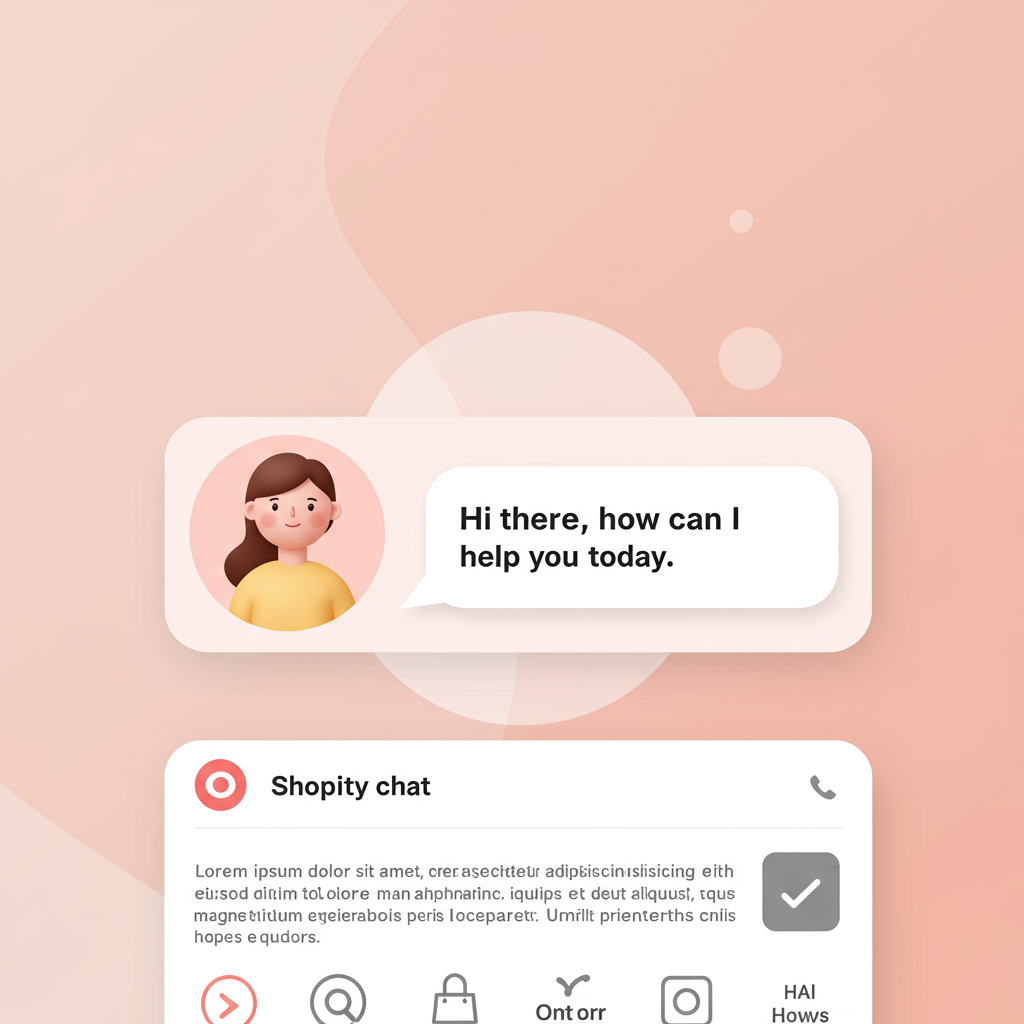Discover how I integrated live chat into my Shopify store to enhance customer service and drive sales, and how you can too.
As a Shopify merchant, I’m always looking for ways to improve my store and connect with my customers.
One of the most impactful changes I’ve made recently was implementing live chat support.
It’s truly transformed how I interact with visitors and has significantly boosted my customer satisfaction.
Today, I want to share my journey and provide you with a comprehensive guide on how you can set up live chat support for your own Shopify store.
First, let’s talk about why live chat isn’t just a nice-to-have, but a must-have in today’s e-commerce landscape.
In my experience, customers often have immediate questions before making a purchase.
Whether it’s about product specifications, shipping times, or return policies, they want answers quickly.
Email can be slow, and phone calls can be inconvenient. Live chat bridges that gap instantly.
I’ve seen a direct correlation between offering live chat and an increase in my conversion rates.
When customers get their questions answered on the spot, their confidence in making a purchase skyrockets.
Beyond conversions, live chat also builds trust and loyalty. It shows your customers that you’re accessible and genuinely care about their experience.
It’s also a fantastic tool for reducing cart abandonment. Imagine a customer hesitating at checkout; a quick chat can often resolve their concerns and complete the sale.
So, how do we go about setting this up on Shopify? There are primarily two routes I considered: using Shopify’s native solution, Shopify Inbox, or integrating a third-party app.
Let’s start with Shopify Inbox, which is a fantastic option, especially if you’re looking for a free and integrated solution.
I found it incredibly easy to enable. You simply go to your Shopify admin, navigate to ‘Sales channels’, and then click on ‘Inbox’.
From there, you can activate it and customize your chat widget’s appearance to match your brand.
Shopify Inbox allows you to manage conversations directly from your admin, respond to customer inquiries, and even send product recommendations.
It also integrates with your order details, so you can quickly pull up customer information during a chat, which I found incredibly helpful for personalized support.
While Shopify Inbox is great, I also explored third-party apps for more advanced features like automation, detailed analytics, or integration with other CRM tools.
The Shopify App Store is brimming with excellent live chat options like Tidio, Gorgias, Zendesk Chat, and LiveChat.
My process for choosing one involved looking at reviews, features, and pricing plans. Many offer free tiers or trials, which is perfect for testing them out.
Once you’ve chosen an app, the installation process is straightforward: find it in the App Store, click ‘Add app’, and follow the prompts to connect it to your store.
After installation, you’ll typically be guided through a setup wizard where you can customize the chat widget’s color, position, and welcome message.
I always recommend setting up automated greetings or frequently asked questions (FAQs) to handle common queries even when you’re offline.
This ensures customers always get some form of immediate assistance, which is crucial for a positive experience.
Beyond the technical setup, there are best practices I’ve adopted to make my live chat truly effective.
Firstly, I prioritize quick response times. Customers using live chat expect immediate answers, so I aim to respond within seconds.
Secondly, I maintain a professional yet friendly tone. Empathy and clear communication are key to resolving issues efficiently.
I also utilize canned responses for common questions. This saves a lot of time and ensures consistent information is provided.
Don’t be afraid to be proactive! Sometimes, I’ll set up triggers to initiate a chat with customers who have been on a specific product page for a while or seem to be struggling at checkout.
Finally, I always ask for feedback after a chat session. This helps me understand what I’m doing well and where I can improve my support.
Measuring the success of your live chat is also important. I regularly check metrics like chat volume, resolution rate, and customer satisfaction scores.
These insights help me refine my strategy and ensure my live chat efforts are truly benefiting my business.
Setting up live chat might seem like an extra step, but I can assure you, the return on investment in terms of customer satisfaction and sales is immense.
It’s about being there for your customers when they need you most, and that builds lasting relationships.
What do you think about integrating live chat into your Shopify store after reading this? I’d love to hear your thoughts!
I hope this detailed guide empowers you to implement live chat and see the positive impact it can have on your Shopify business.
It’s a game-changer for customer engagement and a vital tool in today’s competitive e-commerce world.






